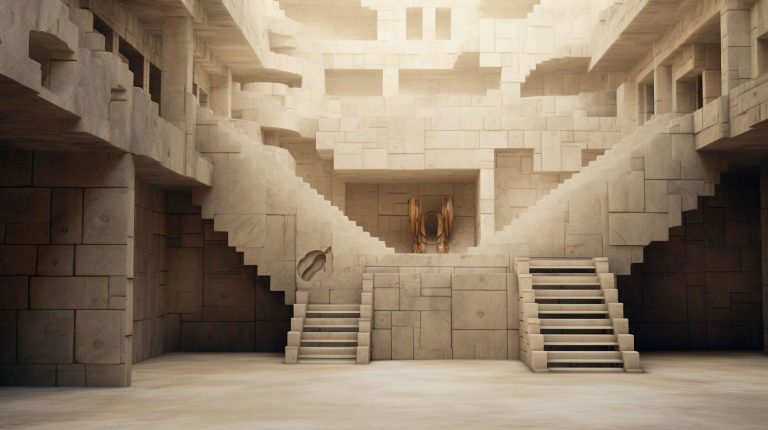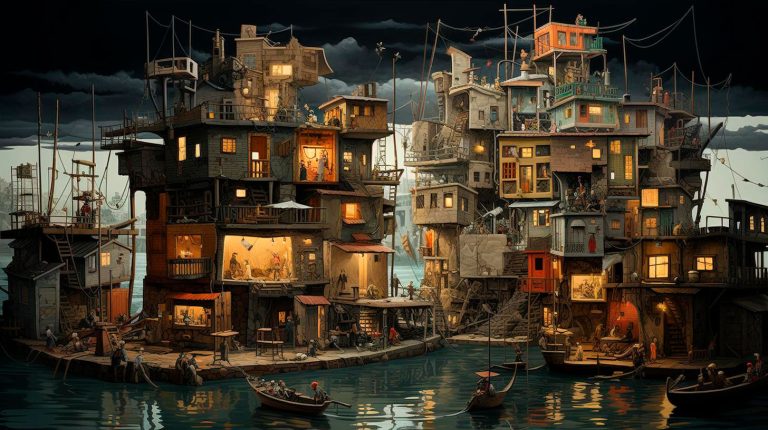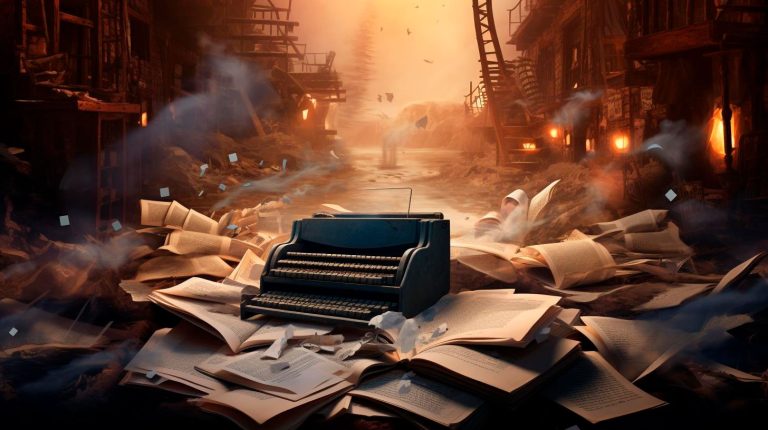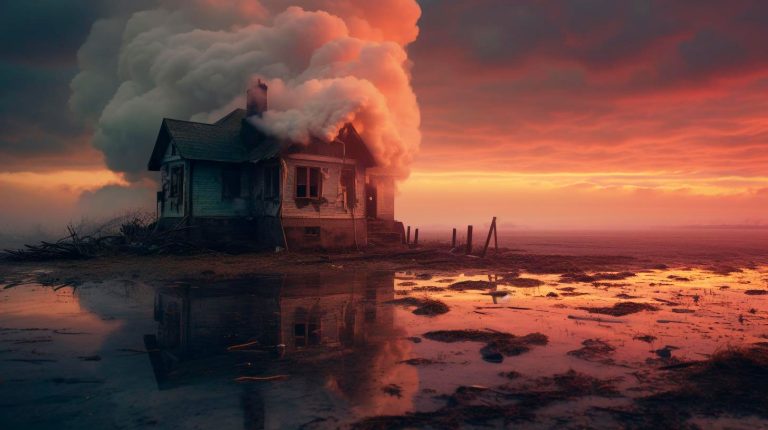The Elements of Fine Art Photography
In order to fully appreciate the balance found in fine art photography, it is important to understand the key elements that contribute to its visual appeal:
- Light: The manipulation of light plays a crucial role in fine art photography. Photographers utilize natural and artificial light sources to create visually striking images that convey different moods and emotions.
- Color: The use of color in fine art photography can set the tone and evoke emotions. Photographers carefully select and manipulate colors to create a harmonious palette that complements the subject and enhances the overall composition.
- Composition: The arrangement of elements within the frame is essential in creating a visually pleasing image. Fine art photographers carefully consider the placement of subjects, lines, shapes, and textures to achieve a balanced composition.
- Texture: Capturing and highlighting textures can add depth and interest to fine art photographs. The juxtaposition of different textures can create a tactile experience that engages viewers and adds another layer of visual appeal.
- Perspective: Fine art photography often explores unique perspectives, allowing viewers to see familiar subjects in a new light. The careful selection of angles and viewpoints adds depth and dimension to the images, enhancing their visual impact.
The Balance of Elements
In order to achieve harmony in fine art photography, photographers strive to strike a delicate balance between the elements mentioned above. By skillfully combining light, color, composition, texture, and perspective, photographers create images that draw viewers in and provide them with a sense of visual satisfaction.
Some key takeaways regarding the balance of elements in fine art photography include:
- Harmony can be achieved by carefully arranging and balancing the various elements within the frame.
- The manipulation of light and color can greatly influence the overall mood and impact of the photograph.
- Composition is crucial in creating a visually pleasing image, with the placement of elements playing a significant role.
- Textures and perspectives can add depth and interest, further enhancing the visual appeal of the photograph.
The Impact of Fine Art Photography
Fine art photography has a profound impact on both artists and viewers. It allows photographers to express their creativity and emotions, while also offering viewers a unique and immersive visual experience.
Key advantages of fine art photography include:
- Emotional resonance: Fine art photography has the power to evoke strong emotional responses from viewers, allowing them to connect with the image on a deeper level.
- Capturing moments: Fine art photography freezes fleeting moments in time, preserving them for future reflection and appreciation.
- Storytelling: Each fine art photograph tells a story, inviting viewers to interpret and engage with the narrative captured within the frame.
In Conclusion
Fine art photography is a powerful form of self-expression that relies on the harmony and balance of various elements to create visually stunning images. By skillfully manipulating light, color, composition, texture, and perspective, photographers can evoke emotions, tell stories, and provide viewers with a captivating visual experience.
So, whether you are an aspiring photographer or an art enthusiast, take a moment to immerse yourself in the world of fine art photography and discover the harmonious balance that lies within each frame.
























+ There are no comments
Add yours